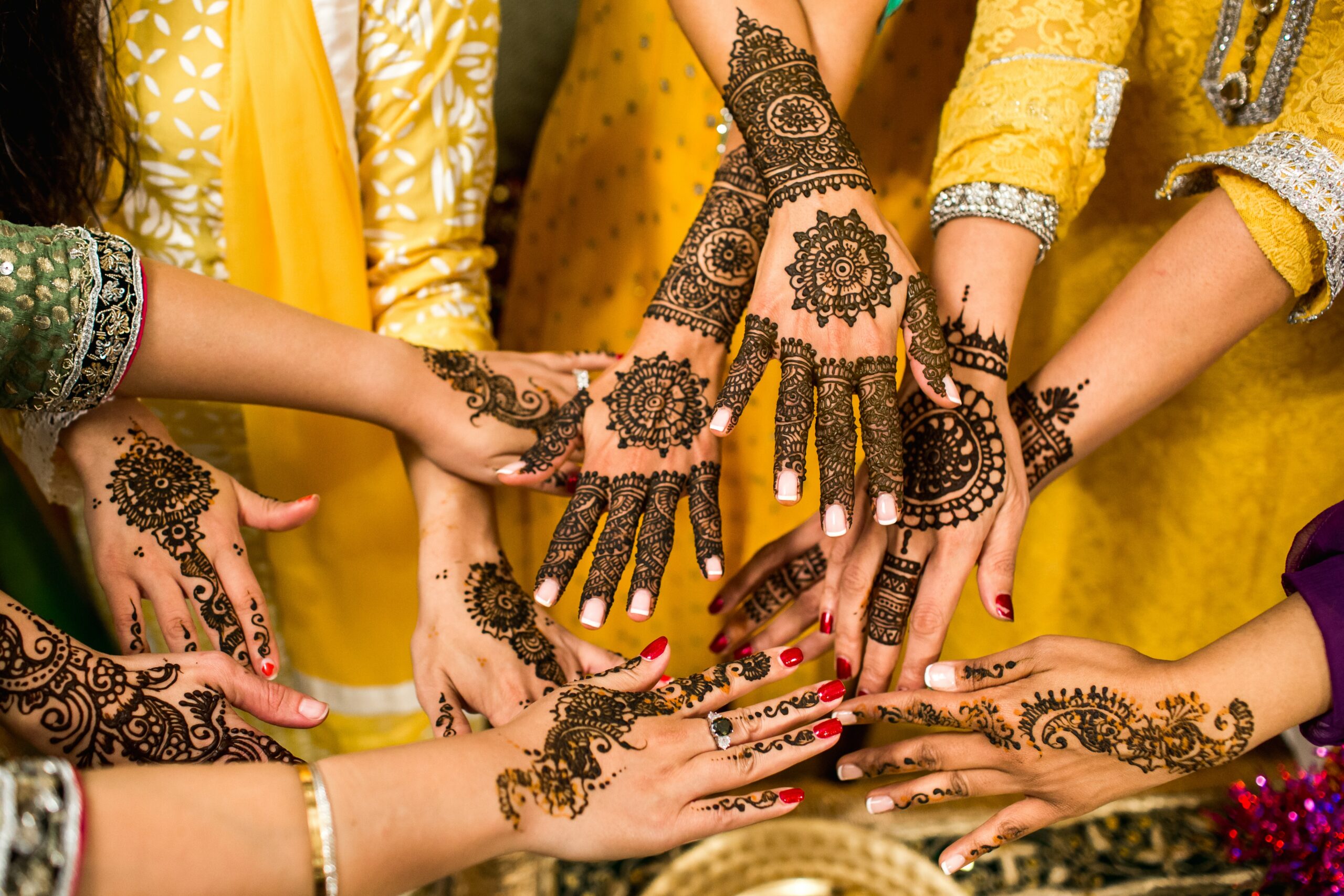In a world where fashion and culture collide, it’s easy to blur the lines between what’s appreciation and what’s appropriation. Recent studies show that 76% of people value cultural respect but struggle with understanding how to participate in cultures different from their own without offending.
Our guide offers clear steps for women seeking to honor other cultures while learning and engaging responsibly. Dive into a journey of cultural discovery that respects boundaries!
What is Cultural Appropriation?
Cultural appropriation involves the borrowing or adoption of elements from a marginalized culture by members of a dominant culture without permission, respect, or understanding. It can include fashion, music, art, language, and symbols.
Definition
Cultural appropriation happens when someone uses things from a culture that’s not their own, especially without showing respect or understanding. Imagine borrowing a neighbor’s clothes without asking; it’s like that, but with traditions and symbols that are very special to people.
It can hurt feelings when cultures feel taken from or misunderstood.
Elements of cultural appropriation often include wearing traditional clothing as fashion without knowing its meaning, using sacred items for decoration, or copying art styles for profit.
Types of cultural appropriation might show up in music, food, religion, language, and festivals. It’s important to know the difference between sharing respectfully and taking without care.
Elements of Cultural Appropriation
Cultural appropriation happens when someone from a dominant culture adopts elements of a marginalized culture without understanding or respecting their significance. It can involve using sacred symbols, traditional clothing, hairstyles, or rituals in a disrespectful manner.
This often occurs without acknowledging the historical and cultural context behind these practices, reinforcing power imbalances and feeding into stereotypes. Such actions can lead to the erasure of the original meaning and value of these cultural elements.
When individuals take on aspects of another culture as a trend or fashion without understanding their significance, it can perpetuate harm and disrespect towards that culture. It’s essential to be mindful about how we engage with cultural practices that are not our own, ensuring they are appreciated and respected rather than appropriated.
Types of Cultural Appropriation
Cultural appropriation comes in several forms, including fashion, music, spirituality, and language. Fashion appropriation happens when traditional clothing or symbols are used out of context or without understanding their significance.
Music appropriation occurs when elements from one culture’s music are taken and exploited by another culture for profit. Spiritual and religious appropriation involves adopting sacred practices or symbols from a marginalized culture without truly understanding their meaning.
Additionally, language appropriation happens when words or phrases rooted in a specific culture are used casually without acknowledging their origin or cultural significance.
It is vital to recognize that there are various types of cultural appropriation present in our society today, spanning across different aspects of life such as fashion, music, spirituality, and even language usage.
Appreciation Rather Than Appropriation
Understanding cultural sensitivity and being mindful of the impact of our actions, educating oneself on the history and context of different cultures, as well as supporting and promoting marginalized voices are essential steps in appreciating rather than appropriating diverse cultures.
Understanding cultural sensitivity
Cultural sensitivity means being aware and respectful of the differences between cultures. It involves recognizing that each culture has its own traditions, beliefs, and values that should be honored.
This understanding requires empathy and openness to learning about diverse perspectives in order to promote inclusivity and respect in our interactions with people from different backgrounds.
Embracing cultural sensitivity leads to a more harmonious and equitable society where everyone’s heritage is valued.
– Educating oneself on history and context
Educating oneself on history and context
To appreciate cultures, it’s important to learn about their history and context. Understanding the roots of traditions and practices helps in avoiding misinterpretation. By educating ourselves on the struggles and experiences of marginalized cultures, we can better comprehend their significance.
Learning the historical background also allows us to engage with different communities in a respectful manner by acknowledging their journey. Taking the time to delve into the diverse histories and contexts provides a foundation for genuine cultural appreciation.
Supporting and promoting marginalized voices is crucial for creating an inclusive society where diverse cultures are celebrated rather than appropriated. It’s essential to understand that our actions have an impact on how cultures are perceived and respected within our global community.
Supporting and promoting marginalized voices
Supporting and promoting marginalized voices is crucial in cultural appreciation. By amplifying the voices of underrepresented communities, we create a more inclusive and diverse narrative.
Women 25+ can actively seek out and support creators, artists, and leaders from marginalized cultures. This helps to uplift their stories and perspectives while recognizing their contributions to our global society.
Embracing diverse voices fosters understanding, respect, and unity among different cultures.
Engaging with underrepresented communities allows us to learn about unique traditions, experiences, and challenges they face. It also provides an opportunity for meaningful connections while advocating for social justice and racial equality.























































































